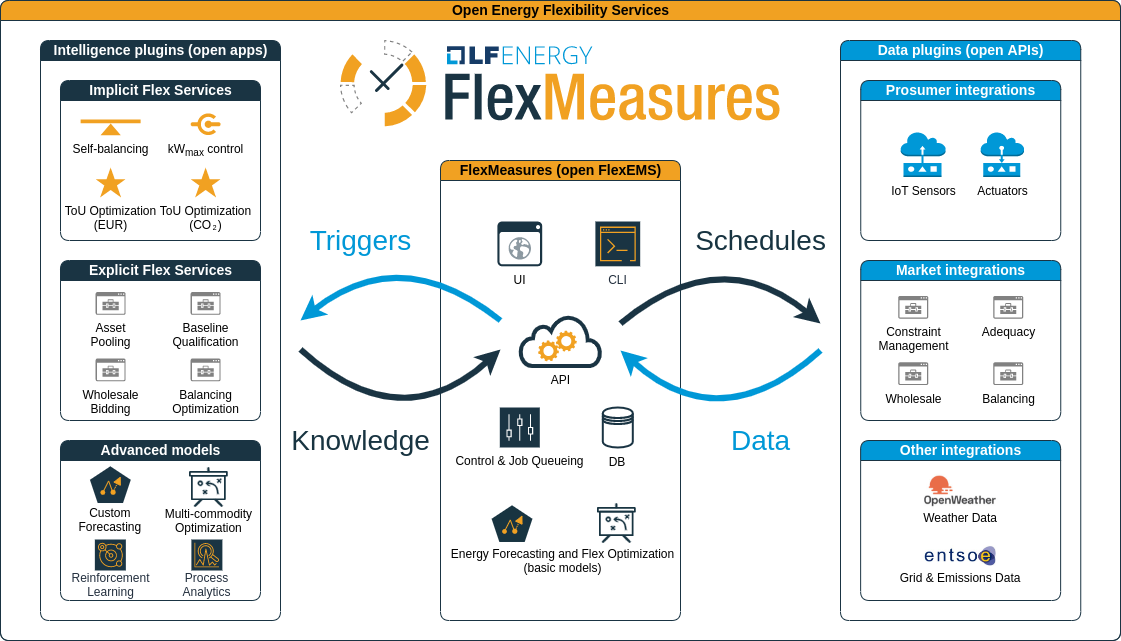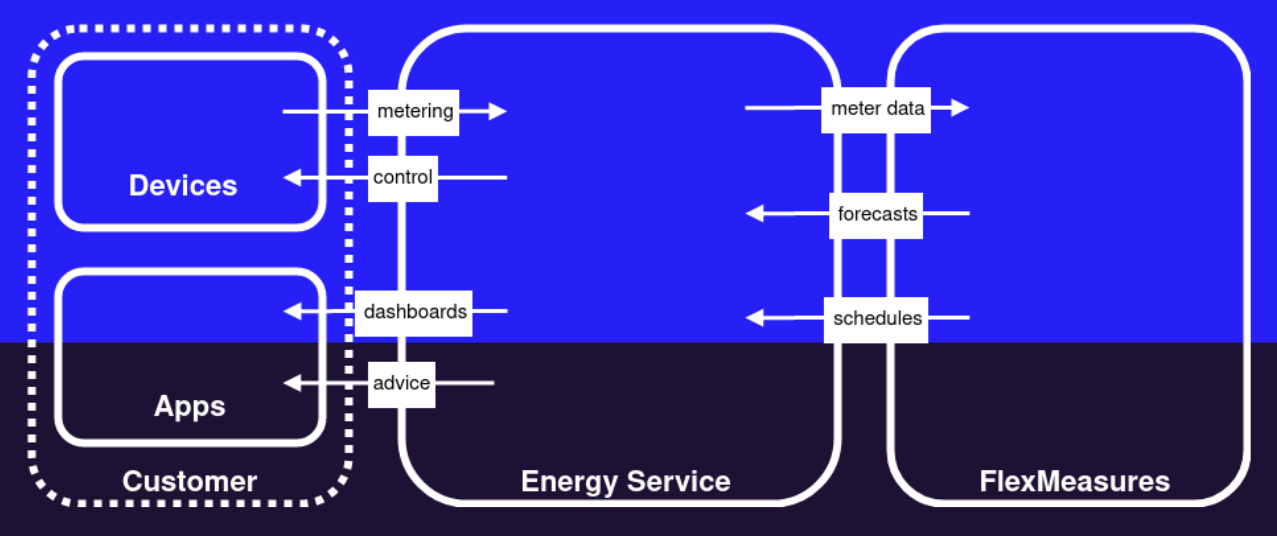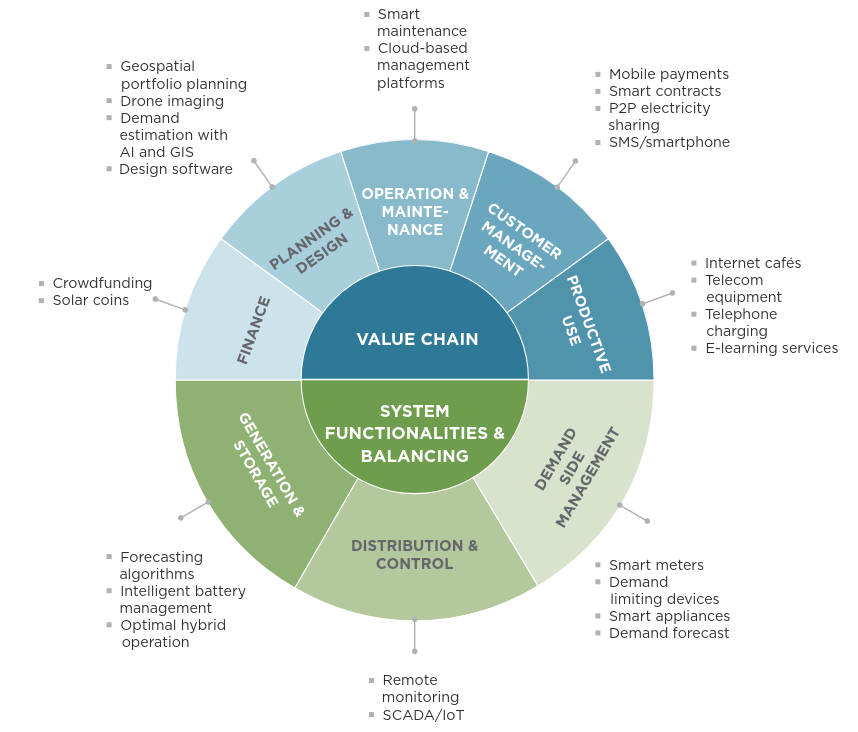Where is FlexMeasures useful?
Consuming renewable energy is both cheaper than fossil energy and uses less CO2.
By using the FlexMeasures platform, our customers make use of asset flexibility, so that assets are turned on when the energy mix in the grid contains the most renewable energy (e.g. when the sun is shining and/or the wind is blowing). Alternatively, FlexMeasures helps to control batteries so that renewable energy can be used at a later time.
FlexMeasures models the flexibility in the customer's assets, brings in external data (weather, markets) and generates optimized schedules for the upcoming hours. Everything can be connected to by API, to create the user experience you need.

Smart homes and offices (Installation)
With the advent of new flexible assets like heat pumps and electric vehicles, housing is quickly becoming a hot spot for energy flexibility. Often, solar panels are present, as well, so local balancing can be combined with grid support.
The actors who deliver complete and integrated solutions in this sector are in the position to run energy-positive buildings with modern technology. For instance, installation companies.
FlexMeasures is an EMS which helps them to model & optimize the complete setting, without a vendor lock-in. Their role might become one of energy service company (see below).
Industry
Industry plays a huge role in the energy transition, as they use a lot of energy and also have a good grip on their processes (many of which are flexible).
The German Fraunhofer institute is building powerful research and a consortium around this question and describe it like this:
A stable supply system must be guaranteed even when the plants generate little or no electricity at the time. One contribution to the solution lies in adapting factories' power consumption to the fluctuating power generation by wind and sun.
FlexMeasures implements important industry standards like USEF or Fraunhofer's energy flexibility model (see roadmap).
Energy service companies
"Energy service companies (ESCOs) deliver energy efficiency projects that are financed based on energy savings", according to the IEA.
The first step is to unlock the meter data and give policy or installation advice.
The second step is to turn to real-time energy management, in order to valorize energy flexibility. This is where FlexMeasures comes in ― forecasts and smart energy-efficient schedules can be offered without hiring a data science engineering team.

Microgrids
The 7th Sustainable Development Goal is "Access to affordable, reliable, sustainable and modern energy for all". Microgrids can enable stable access to energy for millions of humans who live outside the reach of electricity grids or whose economic activity is hampered by dirty, expensive and unreliable energy.
The latter situation is where energy flexibility management can help. "Mini-grids should be oriented towards productive uses. They should encourage the development of new businesses and economic activities (...) and thereby increase the economic welfare of a community."
